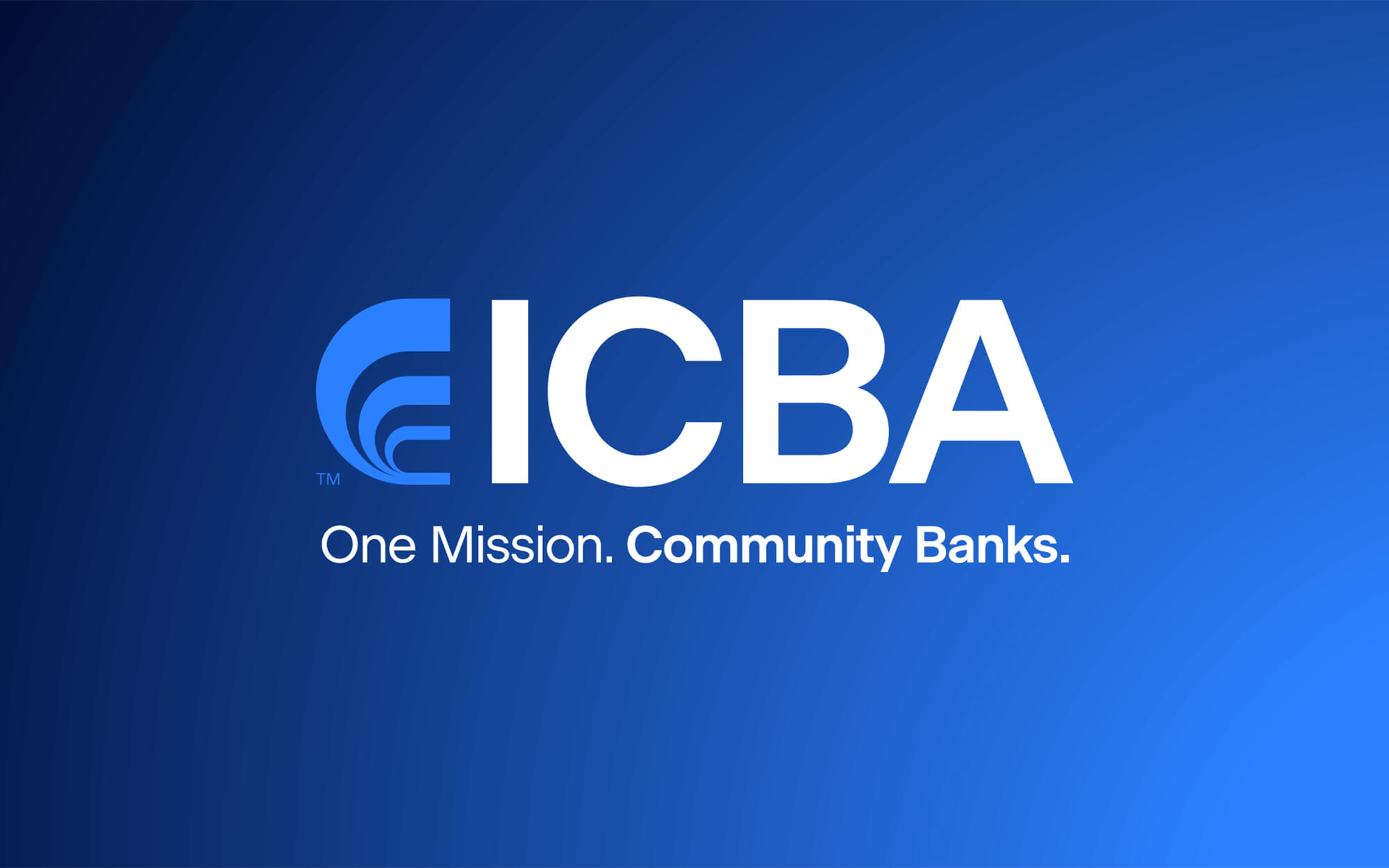When autocomplete results are available use up and down arrows to review and enter to select.
“A never-ending evolution” is the perfect way to describe the payments industry. While cash is still considered to be the most secure form of payment by merchants and consumers, there are a litany of options—including checks, credit and debit cards, wire transfers, and ACH payments—and more recently, new and innovative solutions are emerging—further altering the payments ecosystem.
Many countries, including the U.S. payments market, report widespread and notable adoption of non-cash transactions in the payments space. Consumers and businesses have never been able to move and transfer money faster than today. But as payment technologies continue to evolve and move consumers closer towards digital offerings, it has also opened the payments space to new and ongoing threats for both consumers and financial institutions.
Consumers now have the ability to open bank accounts without stepping foot in a branch, transfer funds from peer to peer via mobile apps, store card data in digital wallets, authorize automatic payments, make contactless payments, and more. According to the SAS white paper “Managing Fraud Risk in the Digital Age,” merchants began to adopt digital payment services in-store for ease at checkout.
Although consumers enjoy the convenience of new payment features, this shift has presented cyber criminals with new vulnerabilities to manipulate these systems, which can impose major concerns for financial institutions.
Here are a few things to consider as you develop your bank’s digital banking and payment fraud mitigation strategies:
Continuously Educate Your Customers. Consumers represent the bank’s greatest vulnerability. Ensuring they know how to spot and avoid fraud scams—and how to protect their online credentials for products and services they use daily—is extremely important. This will help reduce the risk of account breaches.
Invest In Authentication.
One-Time Passcodes (OTP) create stronger security and can be used to authenticate a user for a single transaction.
3-D Secure (3DS) can be enabled as an additional security layer for debit and credit cards to verify each online transaction. 3DS generates authentication data interaction between the online merchants, networks, and financial institutions.
Biometric security software can be used to capture and identify a unique biological characteristic or behavior of users such as their voice, fingerprint, or eye scan.
Implement Clear Policies. Clear-cut policies and procedures set the operational requirements for your institution to reduce risks and patch existing cracks before exposure to threats.
It is essential that you are prepared to safeguard your organization as we continue to navigate through this digital domain. There will always be business problems to solve, processes to improve consumer experiences, and cyber criminals working hard.
Stay current on emerging trends, regulatory updates, and new technologies to keep your customers’ data and organization safe!
Previous News
During her keynote speech at ICBA LIVE, Independent Community Bankers of America (ICBA) President and CEO Rebeca Romero Rainey today told community bankers that ICBA’s advocacy, education and innovative efforts are driven by community banks' passion to succeed for their customers and communities.
Image
Mar 15, 2023
Independent Community Bankers of America (ICBA) President and CEO Rebeca Romero Rainey issued the following statement on today’s announcement from the Federal Reserve.
ImageMar 14, 2023
Independent Community Bankers of America (ICBA) President and CEO Rebeca Romero Rainey issued this response following a joint statement released from the Treasury Department, FDIC, and Federal Reserve following Friday’s closure of Silicon Valley Bank.
ImageMar 13, 2023
Related News Taxonomy
May 28, 2025

May 28, 2025

May 28, 2025
